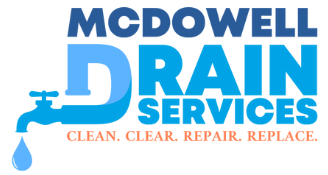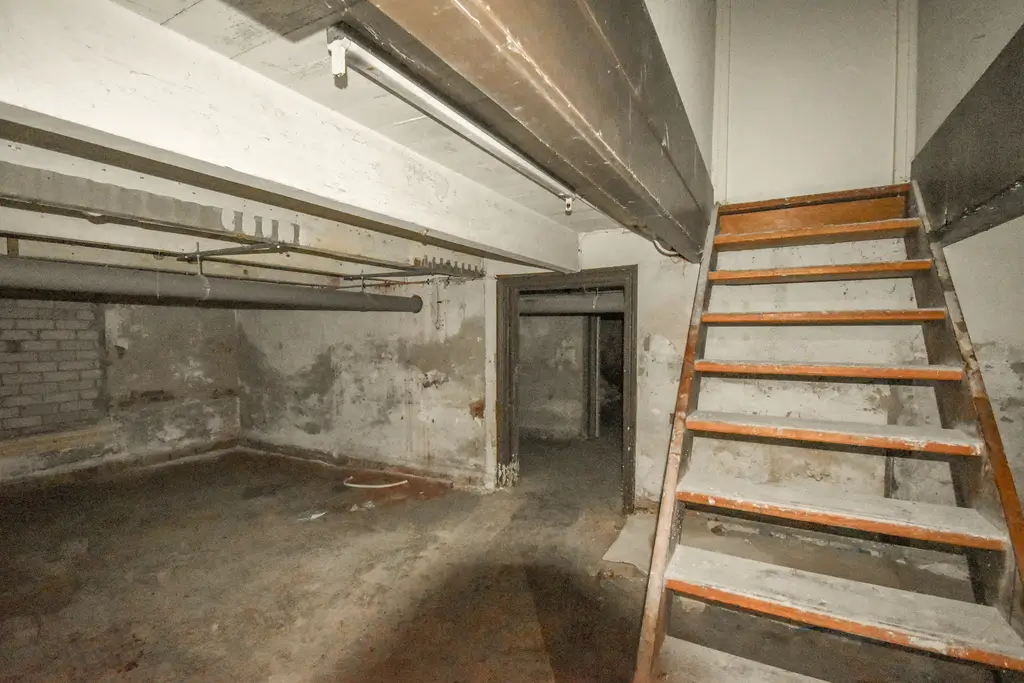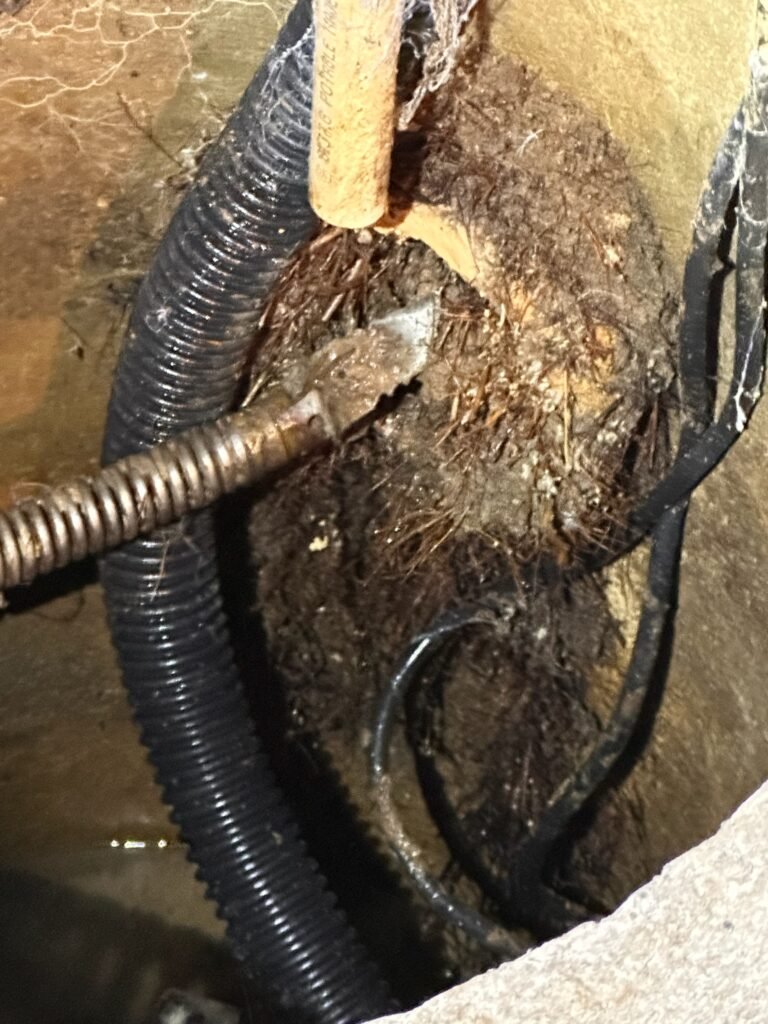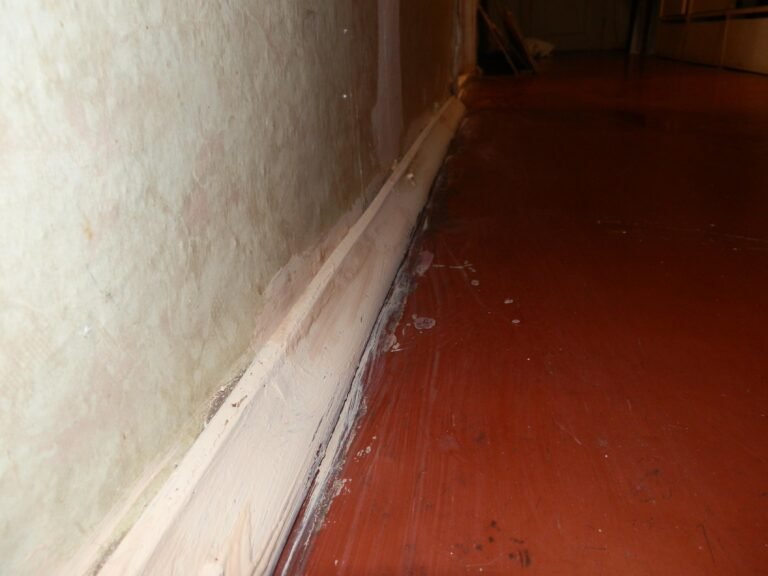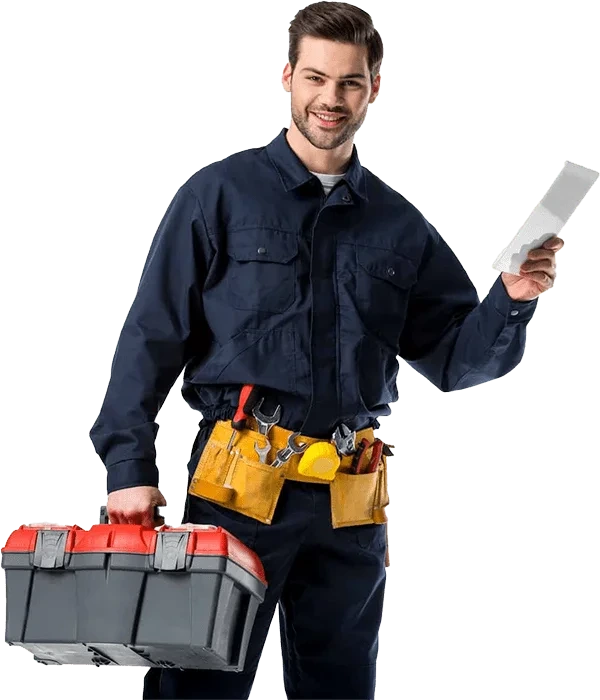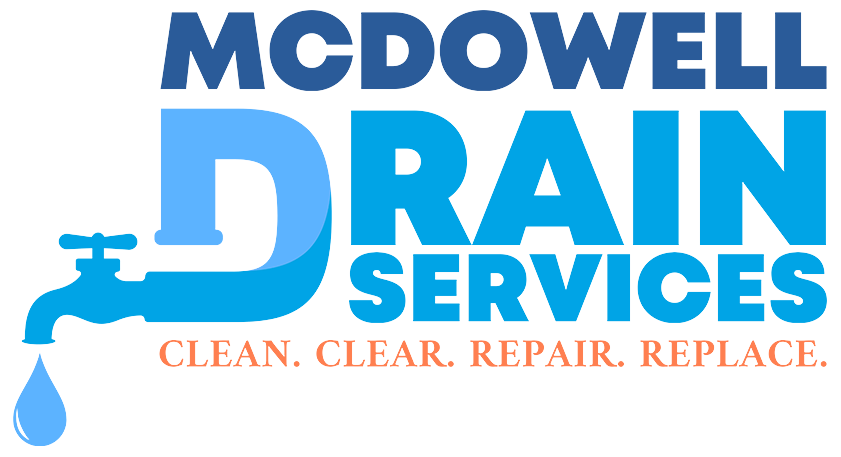Basements are an essential part of homes in Niagara Falls, St. Catharines, Fort Erie, and other areas across the Niagara region. They provide extra space for storage or living but are highly susceptible to water infiltration due to their location. Without proper protection, this can lead to severe structural damage, health risks, and decreased property value.
At McDowell Drain Services, we specialize in basement waterproofing solutions tailored to the unique challenges faced by homeowners in Niagara-on-the-Lake, Welland, and Grimsby. Let’s dive into the science behind basement waterproofing, how it works, and why it’s crucial for your home’s longevity.
Why Are Homes in the Niagara Region So Prone to Water Infiltration?
Homes in the Niagara region are particularly prone to water infiltration due to a combination of environmental and structural factors. Understanding these is the first step toward effective prevention.
- High Rainfall and Snowmelt: Frequent precipitation and heavy snowmelt increase the risk of water pooling around your home’s foundation, creating constant pressure.
- Proximity to Water Bodies: Being close to Lake Erie, Lake Ontario, and the Niagara River means many areas face high water table levels, pushing groundwater against basement walls.
- Aging Infrastructure: Many older homes, especially in historic areas like St. Catharines and Thorold, have foundations with cracks or deteriorating materials that allow water to seep in easily.
These factors make professional basement waterproofing a necessary investment for any homeowner in the region looking to protect their property.
The Science Behind Basement Waterproofing
True basement waterproofing is rooted in understanding the powerful forces of nature that are constantly working against your home. It’s not just about patching a leak; it’s about implementing a system that controls water by understanding hydrostatic pressure, soil saturation, and the structural integrity of your foundation.
Force 1: Hydrostatic Pressure (The Brute Force of Water)
Hydrostatic pressure is the immense force exerted by water that has accumulated in the soil surrounding your foundation. After a heavy rain or snowmelt, the ground becomes saturated. This trapped water pushes against your basement walls and floor, forcing its way through any path of least resistance—be it a tiny crack, a porous concrete block, or the joint where the wall meets the floor.
Force 2: The “Clay Bowl Effect” (An Unseen Consequence of Construction)
When your home was built, contractors dug a hole larger than the foundation itself. After the foundation was set, they filled the surrounding gap with the excavated soil, known as backfill. This backfill soil is, and always will be, looser and more porous than the hard-packed, undisturbed virgin soil around it. This creates an artificial “clay bowl” around your home that acts like a sponge, collecting and holding water directly against your foundation walls. This phenomenon is especially pronounced in the Niagara Region, where soils often have a high clay and silt content, which are known for retaining moisture. This trapped reservoir of water is the primary generator of hydrostatic pressure, which is why simply extending your downspouts often isn’t enough to solve a persistent water problem.
Force 3: Capillary Action (The Silent Intruder)
The most overlooked force is capillary action, or “wicking.” Concrete, despite its appearance of strength, is a porous material filled with microscopic tubes. Capillary action is a physical process where water defies gravity and is drawn up from the damp soil into and through the foundation itself. The forces of adhesion (water sticking to the concrete) and cohesion (water sticking to itself) are so powerful that water can wick upwards, causing dampness even without visible leaks. This is how a basement wall can feel damp and cause paint to peel even when there are no visible cracks.
How to Diagnose Water Intrusion in Your Home
These three forces produce distinct symptoms. Identifying them correctly is the first step toward the right solution.
- Active Leaks and Puddles: If you see water actively flowing or pooling at the base of your walls, especially during heavy rain, you are witnessing hydrostatic pressure at work.
- White, Chalky Powder on Walls (Efflorescence): This is the tell-tale sign of capillary action. As moisture wicks through the concrete, it dissolves natural mineral salts. When the water evaporates on your basement’s interior surface, it leaves these salt deposits behind. Efflorescence is definitive proof that water is migrating through your foundation material.
- Damp Stains, Peeling Paint, or Blistering: When moisture from capillary action or vapor diffusion gets trapped behind paint or finishes, it pushes them off the wall, causing bubbling, peeling, and dark, damp-looking patches.
- Pervasive Musty Odors and Mold: That “dank basement” smell is often the result of the persistent, low-level moisture introduced by capillary action and high humidity. This constant dampness creates the perfect breeding ground for mold and mildew.
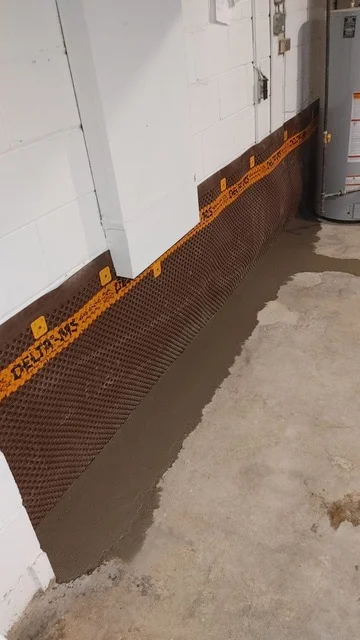
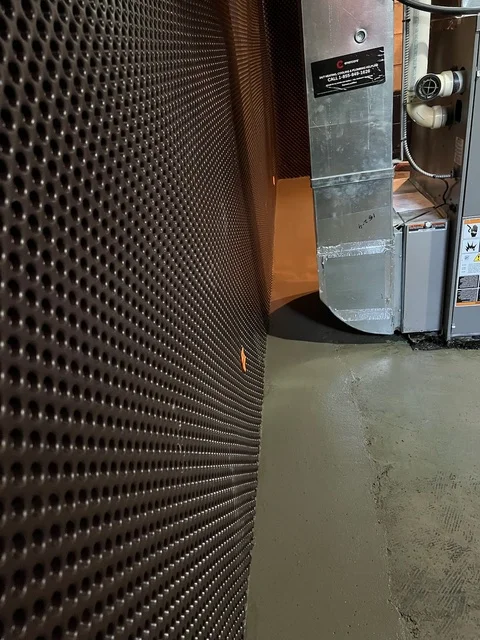
Our Waterproofing Methods
At McDowell Drain Services, we use three main waterproofing methods, often in combination, to create a comprehensive defense system for your home.
- Interior Waterproofing: This involves applying sealants and coatings to walls and floors to create a water barrier from the inside. It is ideal for homes in West Lincoln or those with minor water infiltration issues where exterior excavation isn’t feasible. This system works by managing water after it enters, channeling it to a drainage system.
- Exterior Waterproofing: This method involves excavating to the foundation footing and installing waterproof membranes and coatings on the exterior of the foundation walls. This blocks water at its source before it can ever touch your foundation. This is the most robust solution as it directly combats the Clay Bowl Effect and hydrostatic pressure.
- Drainage Systems: This includes installing perimeter drains (weeping tile), French drains, or sump pumps to actively collect and redirect water away from your home’s foundation. A properly installed drainage system is mandated by the Ontario Building Code and is your foundation’s best friend, relieving the pressure that causes leaks.
People Also Ask: Your Niagara Waterproofing Questions Answered
As waterproofing specialists with over four decades of experience in Niagara, we’ve heard every question. Here are answers to the most common ones.
1. It normal to have a damp basement in Niagara?
It’s certainly common due to our region’s high precipitation and clay-based soils, but it should never be considered normal or safe. Persistent dampness compromises air quality, damages your belongings, and can lead to serious structural issues over time.
2. What’s the difference between interior and exterior waterproofing?
Exterior waterproofing is the most comprehensive solution because it stops water at the source, preventing it from ever touching your foundation walls. It involves excavating, applying a seamless waterproof membrane, and installing a proper drainage system. Interior waterproofing is a water management system. It collects water that has already entered the foundation and directs it to a sump pump. While less invasive, it doesn’t stop the water and pressure from continuing to affect the foundation itself.
3. How much does basement waterproofing cost in the Niagara Region?
The cost depends entirely on the method and scope of work. Generally, interior systems can range from $70 to $150 per linear foot, with typical projects costing between $3,000 and $10,000. A full exterior waterproofing solution is more involved and typically ranges from $100 to $400 per linear foot, with most projects falling between $8,000 to over $25,000. McDowell provides detailed, upfront quotes tailored to your home’s specific needs.
4. Are there rebates available for homeowners?
Yes. The Niagara Region offers a Basement Flooding Protection Program that provides substantial rebates for installing sump pumps, backwater valves, and making other drainage upgrades. We help our clients navigate this process to maximize their savings.
The McDowell Solution: A Systems-Based Approach Backed by Building Science
A patch-and-pray approach will never work long-term. A permanent solution requires a system that defeats all three forces of water intrusion. This is how we ensure a dry basement:
- Eliminating the Clay Bowl & Controlling Hydrostatic Pressure: The most effective solution is a full exterior excavation. We carefully remove the water-logged backfill soil. This allows us to clean and inspect the foundation walls and apply a modern, high-grade waterproofing membrane. This membrane acts as an impenetrable barrier to both bulk water and capillary action.
- Installing a Code-Compliant Drainage System: As per the Ontario Building Code, we install a foundation drainage system (weeping tile) at the footing. This pipe is surrounded by free-draining granular material to prevent clogging from Niagara’s silty soil and is designed to collect any groundwater and safely channel it away from your foundation, relieving hydrostatic pressure at its source.
- Ensuring Proper Backfill: The OBC has strict requirements for backfilling to ensure the waterproofing membrane and drainage system are not damaged and that the material used won’t cause future problems. We follow these protocols to the letter, ensuring the long-term integrity of the entire system.
The Benefits of Basement Waterproofing in Niagara
Waterproofing your basement provides the following advantages:
- Prevents Structural Damage: Protects foundations from cracks and weakening caused by water.
- Reduces Health Risks: Prevents mold and mildew growth, which can lead to respiratory issues.
- Increases Property Value: A dry, well-maintained basement is a significant selling point.
- Adds Usable Space: Turns your basement into a safe, functional area for storage or living.
Why Choose McDowell Drain Services?
For over 45 years, McDowell Drain Services has provided expert basement waterproofing to homeowners across the Niagara region, including Grimsby, Lincoln, and St. Catharines. Here’s why locals trust us:
- Advanced Technology: We use cutting-edge tools for precise waterproofing solutions.
- Local Expertise: We understand the unique challenges of Niagara’s climate and soil.
- Comprehensive Services: From inspections to installations, we cover every aspect of waterproofing.
- 24/7 Support: Emergencies don’t wait, and neither do we.
Contact McDowell Drain Services Today!
If you’re facing basement water infiltration or want to take proactive steps to protect your home, McDowell Drain Services is here to help. We proudly serve Niagara Falls, St. Catharines, Welland, and surrounding areas, ensuring your basement stays dry and secure.
Call us now at [(905) 431-5612]
Visit Our Website
Let’s protect your home together!
